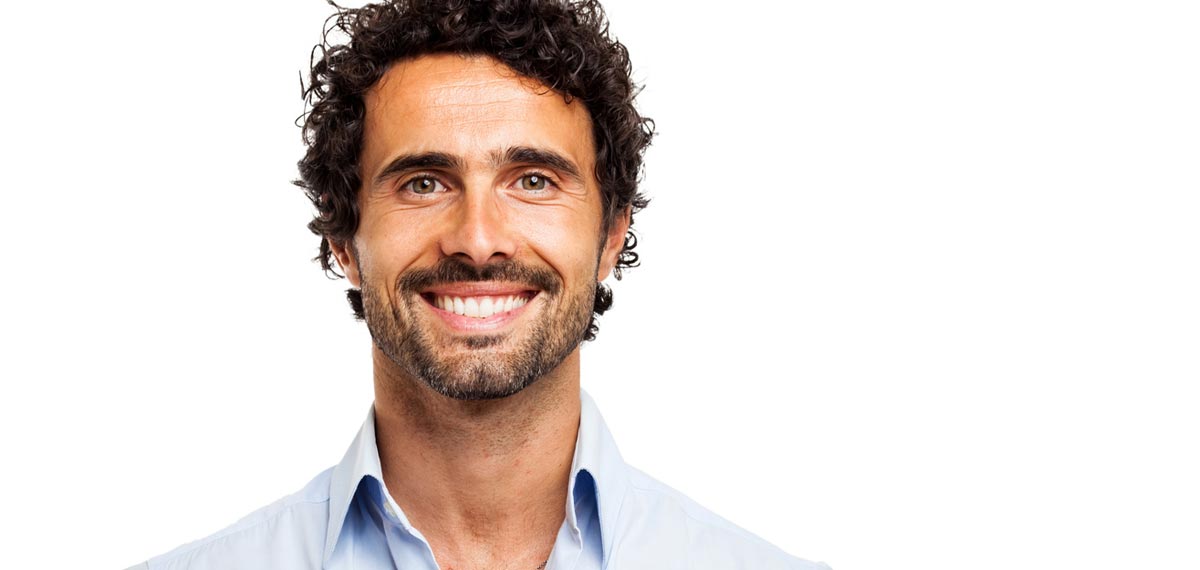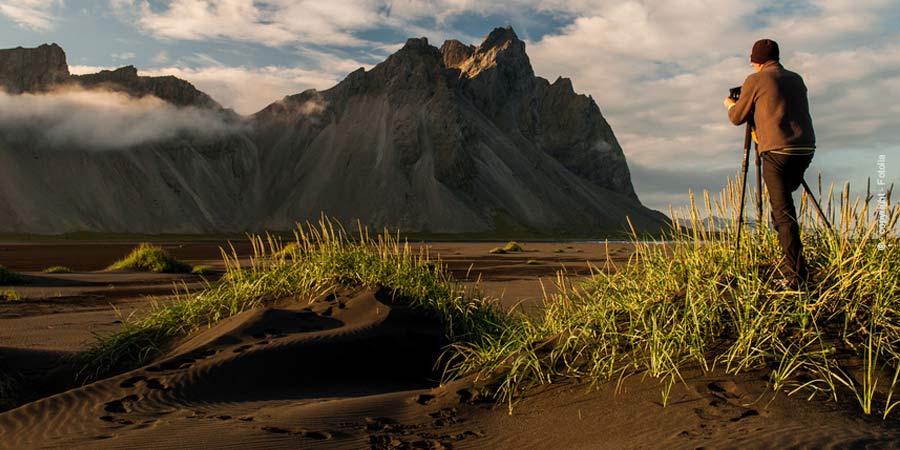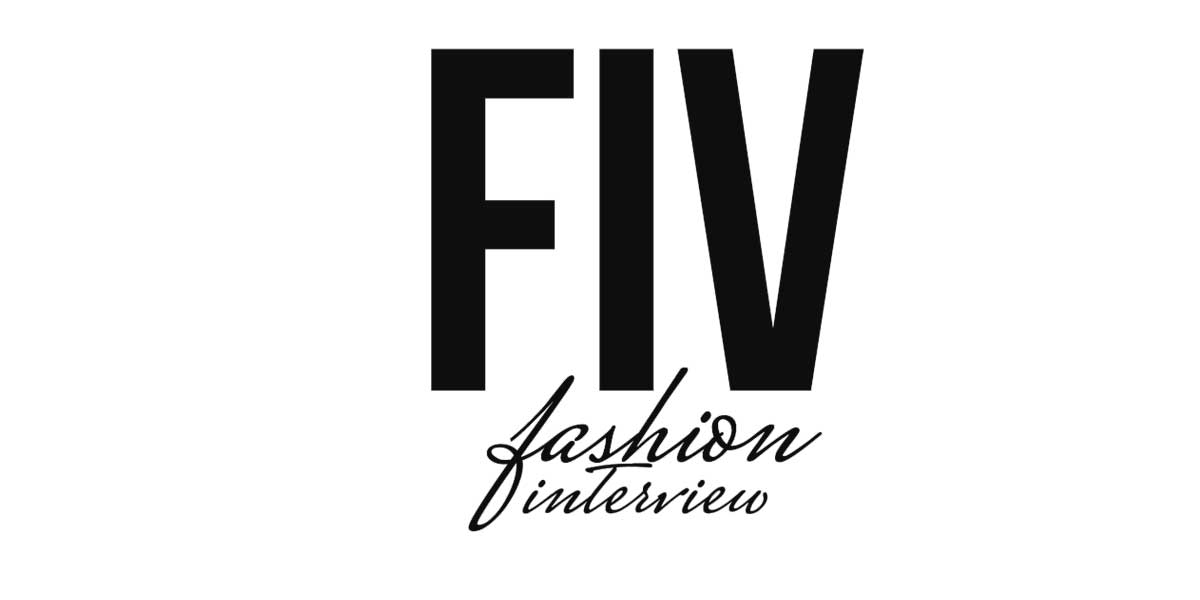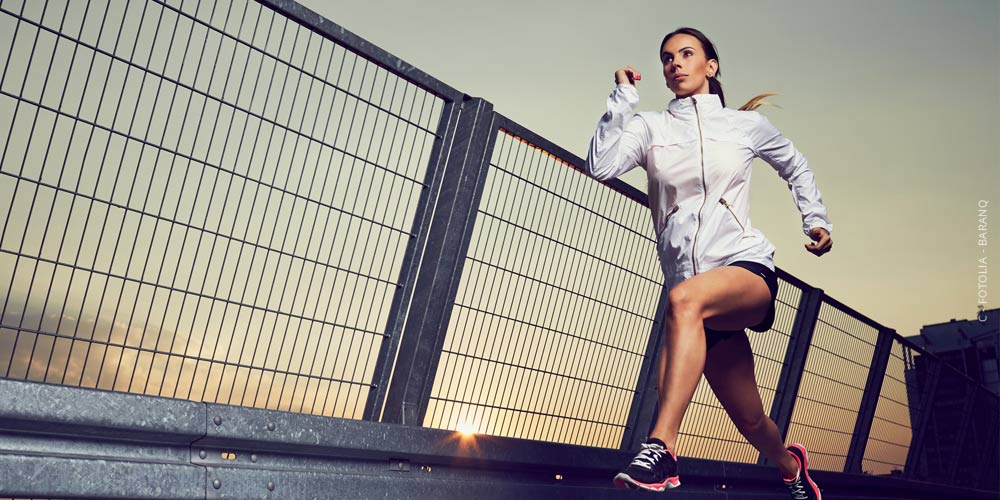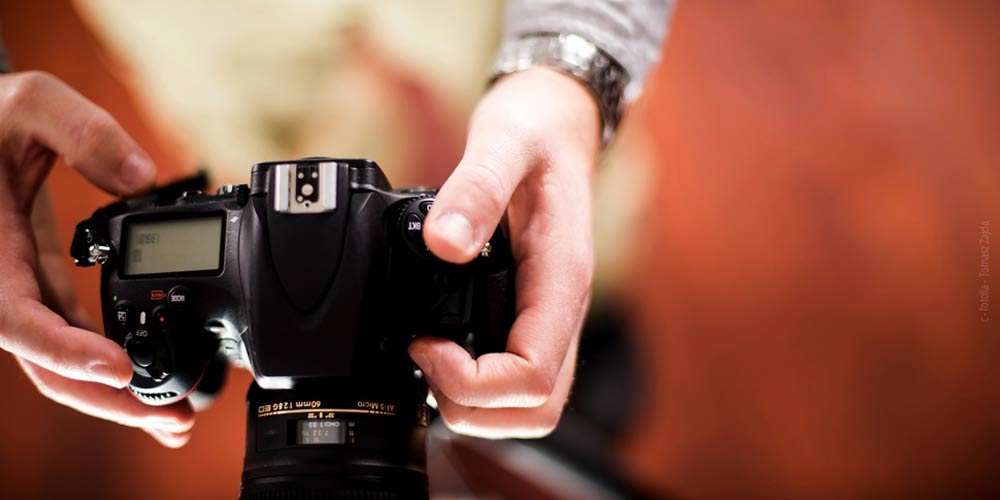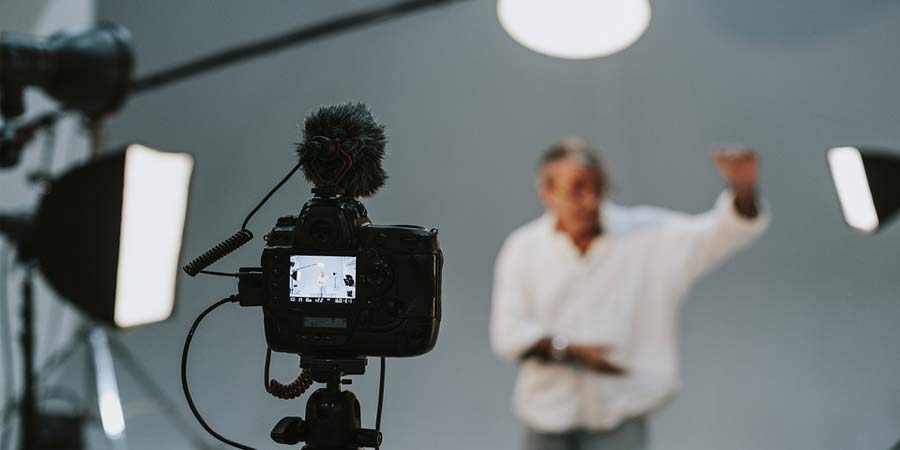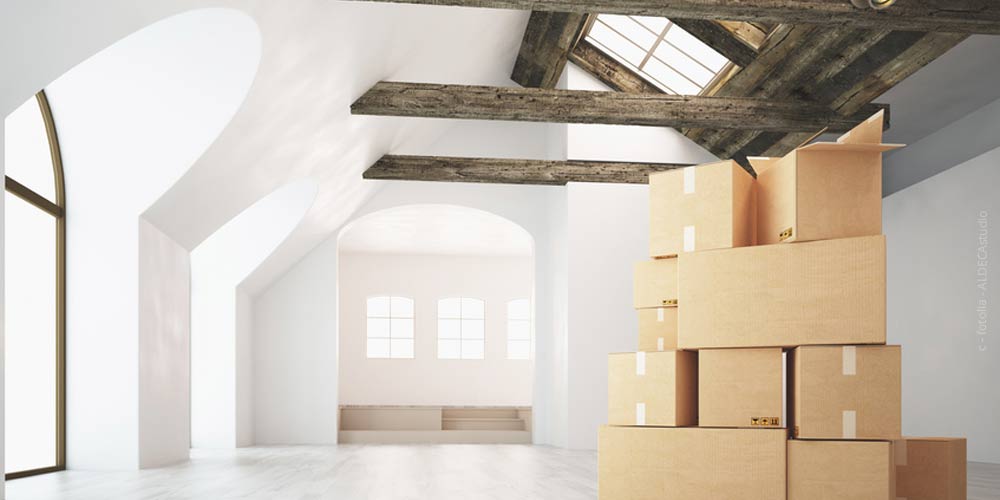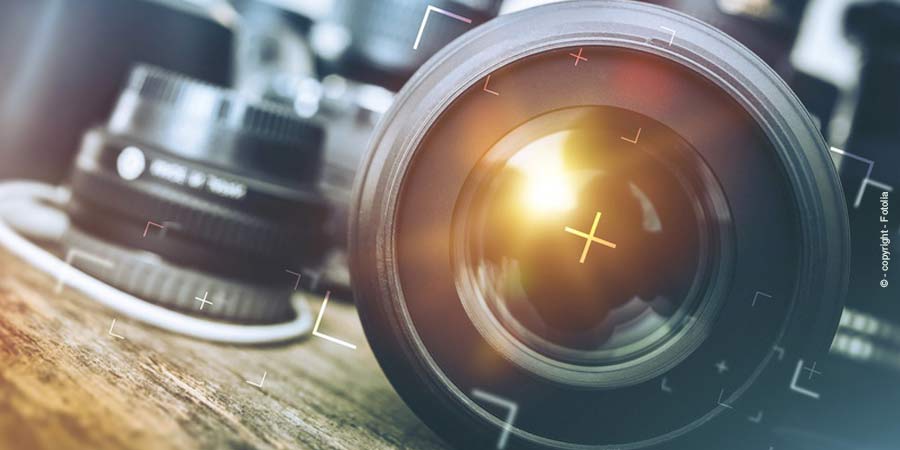High Key and Low Key Photography – What is the difference?
The High Key and Low Key photography is an extremely exciting field. These can often be seen in totally clean advertising photos or in portrait pictures. What exactly that is, you will find out below. As always with photography, high key and low key photography are also about the important light. The focus of the photographs is on the determining light, the predominant brightness range and the predominant colour. The terms High Key and Low Key have their origin in the early film. Since the early films still had to do without sound, other methods were used to make the villains and the heroes clearly recognizable from each other. So the evil ones were left in the dark and the good ones shone in bright light.
The High Key Photography
Use a smooth white background. A wardrobe, for example, offers an excellent background, as these often have a flat surface and reflect the light. With the combination of longer exposure time and light, everything disappears into a white background. But even large sheets of paper are excellent. It is only important that your motif is clearly visible against the background. Try to contrast with the white background, a game of bright and bright colors.
Hey Key Photography: A lot of light through the open aperture
High key photography does not mean overexposure. For example, use a lens with an aperture of f/1.8 to 4, so there is sufficient light. The histogram admittedly looks a bit strange, but there is so much light on the sensor. Details such as the face and above all the eyes should nevertheless be clearly recognizable. So it’s really best if you slowly get to grips with the ISO, aperture and exposure. Do not expose too high and in particular do not burn out (overexposure).
The Low Key Photography
As you might already suspect, low key photography is the exact opposite of high key photography. A wardrobe is also suitable as a background, but in this case it should be black. But a dark room is suitable. You should increase the exposure time to for example 1/400 second, so that the light comes only on the face.
Low Key Photography: Light source for illuminating the subject
In low key photography, the subject is illuminated by a light source. However, it is important that you do not let your motif drown in the dark. So that the main motif does not sink completely into the dark, it is important that you find the optimal light. A photo light or a sunbeam that shines into the dark room can help you here.
This type of photography is especially suitable if you want to create special photo effects or to add a certain mood to your photo. For example, a high key photo can convey a lively and fresh atmosphere, while a high key photo can make the viewer think.
